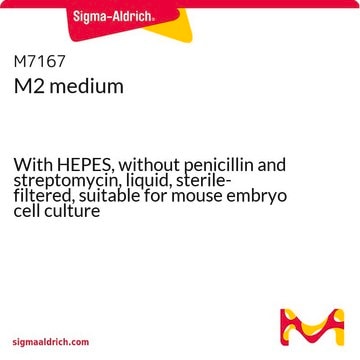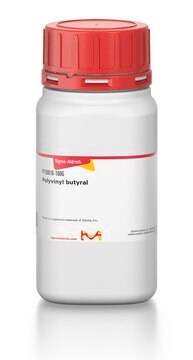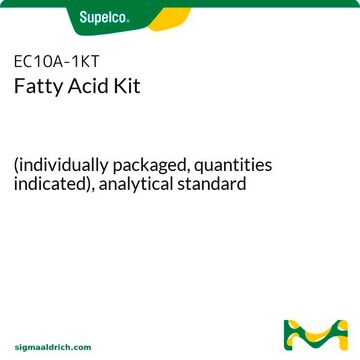MAK313
Adipolysis Assay Kit
sufficient for 200 colorimetric or fluorometric tests
Sign Into View Organizational & Contract Pricing
All Photos(1)
About This Item
UNSPSC Code:
12161503
NACRES:
NA.84
Recommended Products
application(s)
pharmaceutical
detection method
colorimetric
fluorometric
relevant disease(s)
endocrinological disorders, diabetes; obesity; cardiovascular diseases; cancer
storage temp.
−20°C
General description
Obesity is a chronic condition that develops from storage of excessive energy in the form of adipose tissue. The resulting adiposity presents a high risk factor for diseases such as type 2 diabetes, cardiovascular diseases, and cancer. Adipolysis or lipolysis is a highly regulated process in fat metabolism, in which triglycerides are broken down into glycerol and free fatty acids. Rapid, robust and accurate procedures for adipolysis quantification in cell culture are very useful in research and drug discovery.
Features and Benefits
Compatible with high-throughput handling systems.
Suitability
Suitable for adipolysis quantification in cell culture.
Principle
This adipolysis assay kit directly measures glycerol released during adipolysis in cultured cells. This homogeneous assay uses a single Working Reagent that combines glycerol kinase, glycerol phosphate oxidase, and color reactions in one step, resulting in a colorimetric (570 nm)/fluorimetric (λex = 530/ λem = 587 nm) product, proportional to the glycerol present.
signalword
Warning
hcodes
Hazard Classifications
Acute Tox. 4 Oral
Storage Class
10 - Combustible liquids
flash_point_f
188.6 °F
flash_point_c
87 °C
Certificates of Analysis (COA)
Search for Certificates of Analysis (COA) by entering the products Lot/Batch Number. Lot and Batch Numbers can be found on a product’s label following the words ‘Lot’ or ‘Batch’.
Already Own This Product?
Find documentation for the products that you have recently purchased in the Document Library.
Customers Also Viewed
Saveta G Mladenova et al.
Frontiers in pharmacology, 12, 707507-707507 (2021-09-07)
Obesity is a persistent and continuously expanding social health concern. Excessive fat mass accumulation is associated with increased risk of chronic diseases including diabetes, atherosclerosis, non-alcoholic steatohepatitis, reproductive dysfunctions and certain types of cancer. Alchemilla monticola Opiz. is a perennial
Liliya V Vasileva et al.
International journal of molecular sciences, 21(24) (2020-12-30)
Caffeic acid (CA) and chlorogenic acid (CGA) are phenolic compounds claimed to be responsible for the metabolic effects of coffee and tea consumption. Along with their structural similarities, they share common mechanisms such as activation of the AMP-activated protein kinase
Liliya V Vasileva et al.
Food and chemical toxicology : an international journal published for the British Industrial Biological Research Association, 149, 112002-112002 (2021-01-22)
Chronic low-grade inflammation is a hallmark of obesity and its related metabolic disorders. At the same time signaling from pro-inflammatory factors such as transforming growth factor beta (TGF-β) or interleukin 17A (IL-17A) are proposed as crucial for the commitment of
Our team of scientists has experience in all areas of research including Life Science, Material Science, Chemical Synthesis, Chromatography, Analytical and many others.
Contact Technical Service








